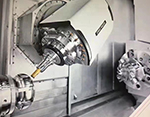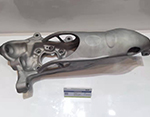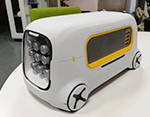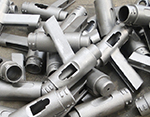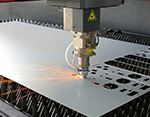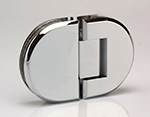Why choose Kesu for low volume injection molding production?
Kesu is always looking for ways to improve performance. This means working closely with our customers from design and prototyping through post-production and delivery to ensure they receive quality parts that are manufactured on budget and delivered on time. Contact us today to learn more about how we can bring your ideas to life.
Low Volume Injection Molding: What is it?
Low volume injection molding is a flexible alternative to traditional large volume injection molding. It is ideal for low volume production of highly customized parts or for prototyping new designs.
Low -volume injection molding offers many advantages over traditional high-volume injection molding. First, it is more flexible, allowing for shorter runs of highly customized parts. Second, it is ideal for prototyping new designs. Third, small-volume injection molding typically requires less upfront investment than high-volume injection molding.
Depending on the manufacturing method, low volume injection molded products can be small quantities of production quality parts, usually less than 1,000 pieces.
For many products, this is a popular approach because it speeds up the product development cycle, provides a fast path from early prototypes to volume production, and reduces tooling and material investments.
Why Small Batch Injection Molding is Better
What are some of the ways that low-volume manufacturing can benefit your business? A few examples.
Creating a link between prototyping and volume production
Prototyping is an essential step in the product development process, allowing companies to test products and ensure they meet customer expectations before mass production. By creating a link between prototyping and volume production, companies can streamline the product development process, thus saving time and money.
There are several ways to create a link between prototyping and volume production. One way to create a link between prototyping and volume production is to work with a small volume injection molding company. Small batch injection molding companies specialize in low volume production and are ideal partners for companies developing new products.
Another way to use rapid prototyping techniques in the product development process. This allows companies to quickly create prototypes and test them before proceeding to mass production.
Lower cost minimums
A lower minimum is a great way to reduce the cost of injection molding. By reducing the number of cavities in the mold, you can lower the overall cost of your project. In addition, lowering the minimum order quantity can also help reduce costs. For example, if you only need 100 units, it will obviously be more expensive to order 500 units than to order only the 100 you need. Finally, working with a small company that specializes in low volume production can also help reduce costs. They typically have lower overhead costs and are more flexible in terms of pricing.
Quickly connect to emerging markets
There are several ways to quickly connect to emerging markets. One is to use small volume injection molding. This type of injection molding is designed for small businesses that want to produce a limited number of products.
It is also ideal for entrepreneurs who want to do business in emerging markets. Another way to connect to emerging markets is to use a 3D printer. This type of printer can be used to create prototypes or small batches of products. Crowdfunding platforms can also be used to raise funds for businesses in emerging markets.
Quickly shorten product lifecycles
Low Volume Injection Molding (LIM) is a process that allows manufacturers to produce small quantities of parts quickly and efficiently.
The main benefits of small-volume injection molding are its speed and flexibility. LIM can shorten product lifecycles by allowing companies to quickly create and test prototypes. The process is also much more flexible than other manufacturing methods because it can easily adapt to changes in design or specifications.
Overall, low-volume injection molding is an efficient and versatile manufacturing process that can be used to produce high-quality parts in a relatively short period of time.
Streamline the design process
The injection molding process can be further streamlined by working with a low volume injection molding specialist. Small batch injection molding specialists are experts in designing and building molds for small production runs.
They can help streamline the design process by providing advice on part geometry, material selection and mold construction.
They also have the experience and knowledge to help engineers optimize injection molding designs. Low-volume injection molding specialists can produce prototypes in as little as eight weeks. However, high volume production can take up to six months to complete.
Preventing many hidden problems
Small-volume injection molding has many benefits, but one of the most important benefits is that it can help prevent hidden problems. By producing a smaller number of parts, you can more easily identify any potential problems and correct them before they become costly problems.
If you want to get your product to market quickly and efficiently, low-volume injection molding is the way to go. By producing a smaller number of parts, you can more easily identify any potential problems and make the necessary changes before full production.
In addition, low-volume injection molding offers greater design flexibility because you can easily change the mold during production. This means you can iterate on your design until it's perfect without incurring significant costs or delays.


